Is it time for companies to stop upgrading smartphones every year and focus on software?
- Tram Ho
When we look at the Galaxy S22 series, except for the Ultra version, we can see that they look very similar to the Galaxy S21 series, and those phones have not changed much from the Galaxy S20 generation.
The new phones still have a host of welcome improvements, from faster charging to camera upgrades, but an era of dramatic innovation and devices, according to Android Authority pen writer Robert Triggs. The game changer seems to be over. Except for folding screen smartphones, not many brands can bring novelty to the market.

Not only Samsung, Apple’s iPhone has barely changed over the years, and products from OnePlus and Xiaomi are all similar. Overall, the flagship smartphone has followed the same formula: a good processor and display, fast charging, and three cameras. They are clung to by manufacturers to upgrade every year, rather than wager on creating a revolution.
After all, that’s what you’ll see in a mature market like smartphones.
Triggs thinks this is all the more reason for manufacturers to start taking software more seriously, especially as software increasingly becomes the key differentiator. We’re now at a stage where brands have to look beyond the basics like long-term security and OS updates, they need to start thinking about smartphones as something to deliver “software as a service.” (SaaS).
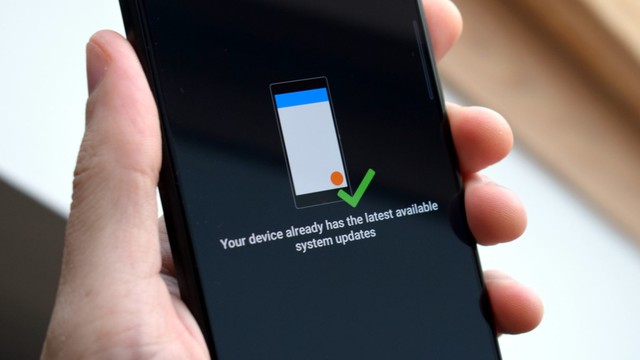
These days, we buy new phones with the expectation of getting two or three major OS updates and security patches monthly or semi-annually. A good manufacturer can bring features from a new smartphone to an older product through an operating system update, but this can take months, and even then, the latest features may not be available. was cut down or removed from the old phone.
Under the current situation, you are mainly buying the hardware and receiving the promise of future updates, but it is impossible to be sure what this future software will be. It may contain exciting new features, but it may also be a minimal operating system upgrade.
As a service software is different, you will purchase a software license that provides access to all updates, as long as the license is active. SaaS is often combined with web-based software or operating systems, like Photoshop or Office.
It should work a little differently for phones, but it shouldn’t be too hard to visualize. The move to a service-based rather than hardware-based approach to smartphpne will focus on the development and innovation of everyday user experiences.
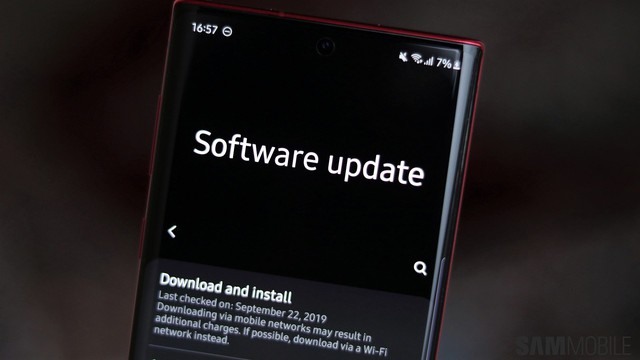
Whether it’s language translation tools, camera filters and features, mobile payment services, privacy upgrades or user interfaces, innovations in these areas greatly influence the user experience. used, but can be deployed most of the time via software.
Of course, some features will need to be based on the new hardware, but these aren’t many these days. Where possible, manufacturers should not keep features for new products if not necessary. Instead, they should develop and implement continuously to improve the experience for both new and existing customers.
For example, Google rolled out the Pixel 6’s Magic Eraser feature to the Pixel 5 in a timely manner, but not all manufacturers have been as flexible. Samsung’s enhanced keyboard functions and improved camera app probably don’t have to wait to arrive alongside the big One UI 4.0 update. Treating software as a service would lead Samsung to adopt a Google-like approach to feature release.

Since phone hardware is much more stable than it was half a decade ago, it’s more important than ever to provide long-term support and support for new features for older devices.
According to Android Authority, chipsets from Qualcomm and others, now regularly supported for four years or more, ensure that devices are not obsolete at the hardware level. Today’s smartphone hardware is enough to last for years and only need to be upgraded when it’s really old and underperforming.
Smartphones should become a service, with regular feature and app upgrades rolling out throughout the year. You may have noticed that a number of brands have adopted this updated model for their older smartphones – namely Apple and Google.
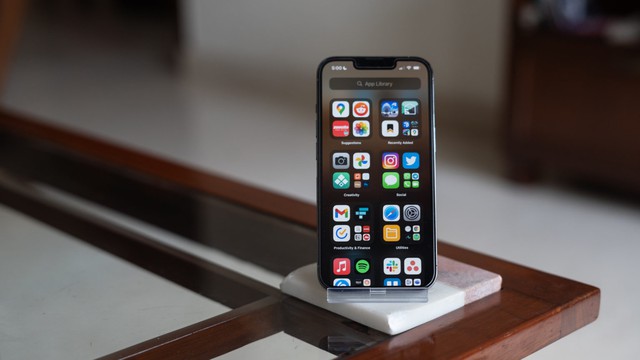
Taking the example of smartphones that have worked on the SaaS model, Triggs immediately chose Apple. Apple rolls out iOS upgrades every year for very old iPhones. Apple’s solution isn’t perfect, though. Older devices don’t necessarily get all the latest iOS features, but at least users don’t feel the sudden drop out of Android.
It’s important that older phones are secure and that the core experience continues to improve year after year. Apple is also a great example for SaaS due to its extensive ecosystem, which includes Apple Pay, News, Music, etc. They help old iPhone customers still find their device useful.
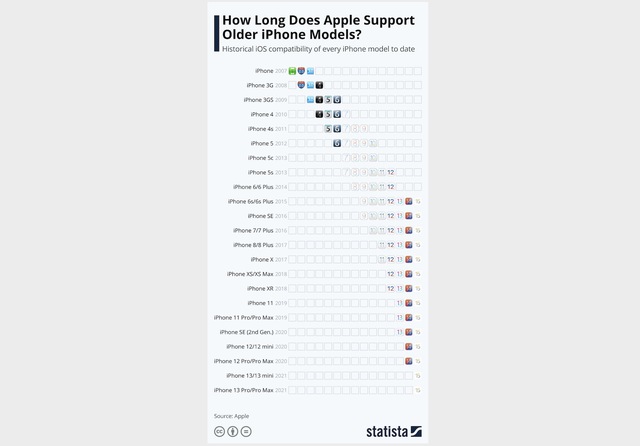
Currently, no Android maker has an ecosystem as wide as Apple’s, but SaaS presents an opportunity to move in that direction.
Google is the closest manufacturer to offer such a model. They have Drive, Music, Photos, Pay,… and an extensive product ecosystem that includes TVs, laptops, and smart homes. Google has accepted feature and app updates through both the app store and traditional update methods, as well as having “feature drops” – major feature updates available to Pixel users – to bring more noticeable changes to users.
Google has also focused less on specs, focusing its Pixel launches in terms of user experience rather than numbers. The company hasn’t brought all of its latest features to older phones, though. However, with the use of the custom Tensor processor as a key part of the phone, it will be interesting to see how the company handles future feature support.
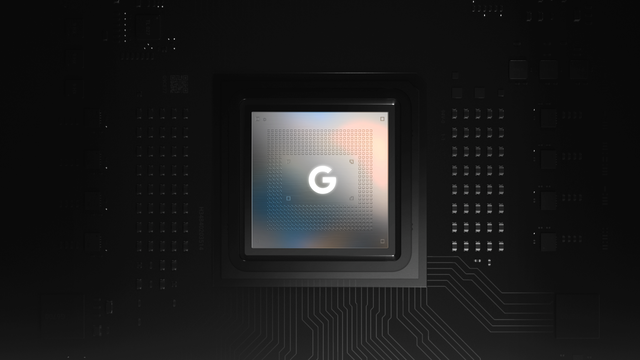
There are signs that other brands are slowly moving in this direction. Honor has a 1+8+N strategy, Xiaomi has branched out into a bunch of product segments, and Samsung is doing a better job in long-term software support. But no brand has yet formed an ecosystem that is primarily software-driven rather than hardware-based.
Many OEMs still try to focus on the hardware specs game, offering power comparison numbers. However, these improvements are less and less likely to change the core smartphone experience. Triggs commented that it’s time to let go of the annual hardware launch cycle and embrace the world of software as a service.
Reference: AndroidAuthority
Source : Genk
